This article was first published on the Philea’s site and written by EDGE staff member Hana ElSafoury and Jana Stardelova from Ariadne.
Despite civil society organizations and social movements being at the forefront of fighting the complex problems of our world, most of them unfortunately suffer from inadequate funding and financial instability.
Some of the negative impact of not funding fully are:
- 42% of civil society organizations and social movements have less than 3 months of operating reserves.
- 53% face deficits in 2+ out of 5 years.
- 50% have unrestricted reserves equivalent to 21 days or less of annual expenditure.
- ⅔ say they are unable to attract or retain staff with adequate knowledge and experience.
- 37% always or very often adjust administration functions to reduce costs when a donor provides insufficient administration costs coverage.
- Over 50% are unable to fundraise from flexible sources.
This is in part due to restricted funding. In 2022, Ariadne and EDGE Funders Alliance created the Funding For Real Change website. The site offers resources that can support funders to understand the nonprofit starvation cycle and the spectrum of tools for breaking it, according to their commitment: from full indirect cost coverage to multi-year flexible funding.
Funders are best positioned to figure out which changes they are able to make in the short term, but funding real change is not only about grantmaking practices; shifting power dynamics and developing deep, real, and trusting relationships with grantee partners is central to creating meaningful change.
Myths, inequalities & power: the building blocks of inadequate indirect cost coverage
Funders often cap their indirect cost coverage rates at anywhere between 10-15%. But based on research by Humentum, the median rate needed by civil society organizations is 31%.
Here is why the traditional coverage rate is a problem according to research conducted with 81 civil society organizations and social movements in ten countries by Humentum.
01. Low IDC rates are built on a myth
Low indirect cost rates do not cover organizations’ administration costs and the essential functions they require to do their work (rent, utilities, technology support, financial audits, and staff development), nor does it allow them to invest in their own development and build up financial reserves and resilience against external shocks or adverse events (like COVID). At the same time, there is a stigma attached to asking for higher overhead costs.
High overhead costs somehow become linked to assessments of effectiveness. Due to the power imbalance between grantee partners and funders, civil society organizations and social movements are often reluctant to initiate conversations or enter negotiations revealing their real administration cost rates. This creates a vicious cycle with organizations reporting lower administration costs than they actually incur (and continuously being underfunded in key needs like HR, fundraising, IT systems and more) and funders not knowing the true costs required to deliver on their grants. It is a cycle of starvation! Covering indirect costs at true cost is a solution to break this cycle.
Suggested resource: Understand what indirect costs are through this report developed by BDO FMA | Four key recommendations to increase the impact of indirect costs.
02. Low IDC rates burden small BIPOC-led organizations disproportionately
Low indirect cost coverage disproportionately burdens small BIPOC-led organizations and organizations outside of major cities.
- Smaller organizations have higher indirect cost rates and larger organizations have lower indirect cost rates (economies of scale). BIPOC-led organizations tend to be smaller, with higher IDC rates.
- Organizations located in smaller cities and rural areas rely heavily on IDC coverage from project grants to fund overhead costs since access to revenue sources often used to fund overhead costs (e.g. high-net-worth individual contributors, special events, direct mail) is scarce.
Understanding your grantees’ demographics is a great way to start working towards a more just and equitable distribution of resources.
Suggested resource: Understand the non-profit starvation cycle through this report by Humentum.
03. Low IDC rates solidify imbalanced power dynamics
Civil society organizations and social movements rarely initiate conversations around the real administrative costs needed to do their work at the fear of looking inefficient to funders. Grantees’ administration costs nearly always exceed the rates covered by funders and yet grantees accommodate rather than confront.
Research showed that civil society organizations and social movements have low expectations of the extent of the cost coverage they are likely to receive from funders. These low expectations are an indication of a flawed ecosystem of imbalanced power. The inequality of the power dynamic is likely to be increased when only a few funders support a large chunk of the grantees’ work. All this places a greater responsibility on funders!
Suggested resource: Share this IDC calculating template with your grantee partners to encourage a conversation about their needs and accurate indirect cost rate.
When it comes to ensuring funding enables real change and supporting the end of the nonprofit starvation cycle, change does not come in one-size-fits-all. Project-restricted funding will most likely continue to be the most common form of support, and that is why this website guides funders in building adequate support into project-based grants through a spectrum of practices starting with indirect cost coverage all the way to multi-year flexible funding.
It doesn’t matter where you are on your journey as long as you are on the way!
Fully covering indirect costs by increasing IDC rates is an effective first step to challenging power dynamics, increasing impact and fighting inequality by putting an end to the nonprofit starvation cycle. If you are a funder that has already started this work, the journey does not end there! The Funding for Real Change website also offers a toolkit to make the shift to multi-year flexible funding by focusing on the five most common accelerators and barriers to this practice. This toolkit developed by MilwayPlus offers resources to boards, CEOs, program officers and grantees interested in a future where multi-year flexible funding is the norm.
A note on data:
BDO FMA facilitated FRC, a collaborative of 12 funding institutions aiming to tackle the question: Can project grants be structured in ways that do a better job of supporting the organizational health of their recipients? Findings and content developed by BDO FMA for FRC appear throughout this blog post and the website.
To understand the effects of low indirect costs coverage, Humentum’s research team, commissioned by FRC, worked with 81 civil society organizations and social movements in ten countries in Africa, Asia, Latin America and Europe to complete an extensive survey on financial health and cost coverage. Findings from this research were published in the “Breaking the Starvation Cycle: How International Funders can Stop Trapping their Grantees in the Starvation Cycle and Start Building their Resilience” report. Findings from this report are found throughout this blog post and the website.

Supporting Women’s Funds with Flexible Multi-Year Non-competitive Funding during Uncertain Times
Personal Reflections on the Fenomenal Funds Grantmaking Approach for Long-Term Organizational Strengthening of Women’s Funds Phoebe So, Program Manager at...
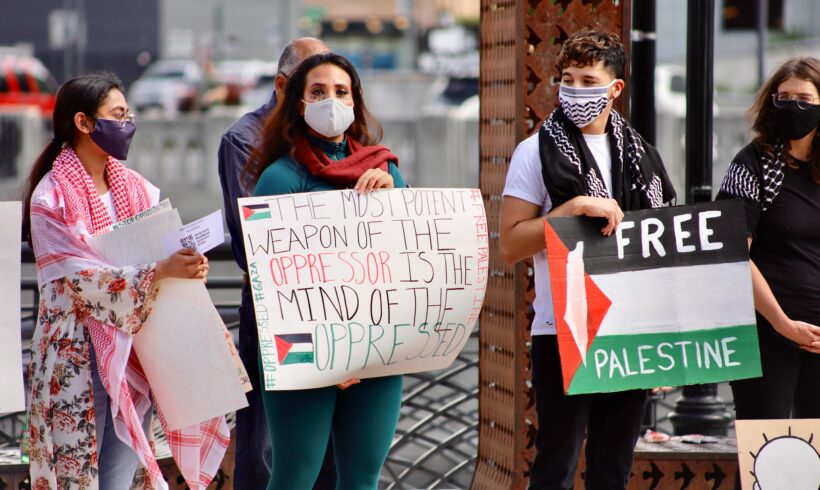
Reflections from the EDGE: Philanthropy, the Genocide in Palestine, and the Need for Systemic Change
Written by Michael Kourabas, Director of Partner Support & Grantmaking at UUSC EDGE board member, Michael Kourabas, recently attended the...
Click here to change this text


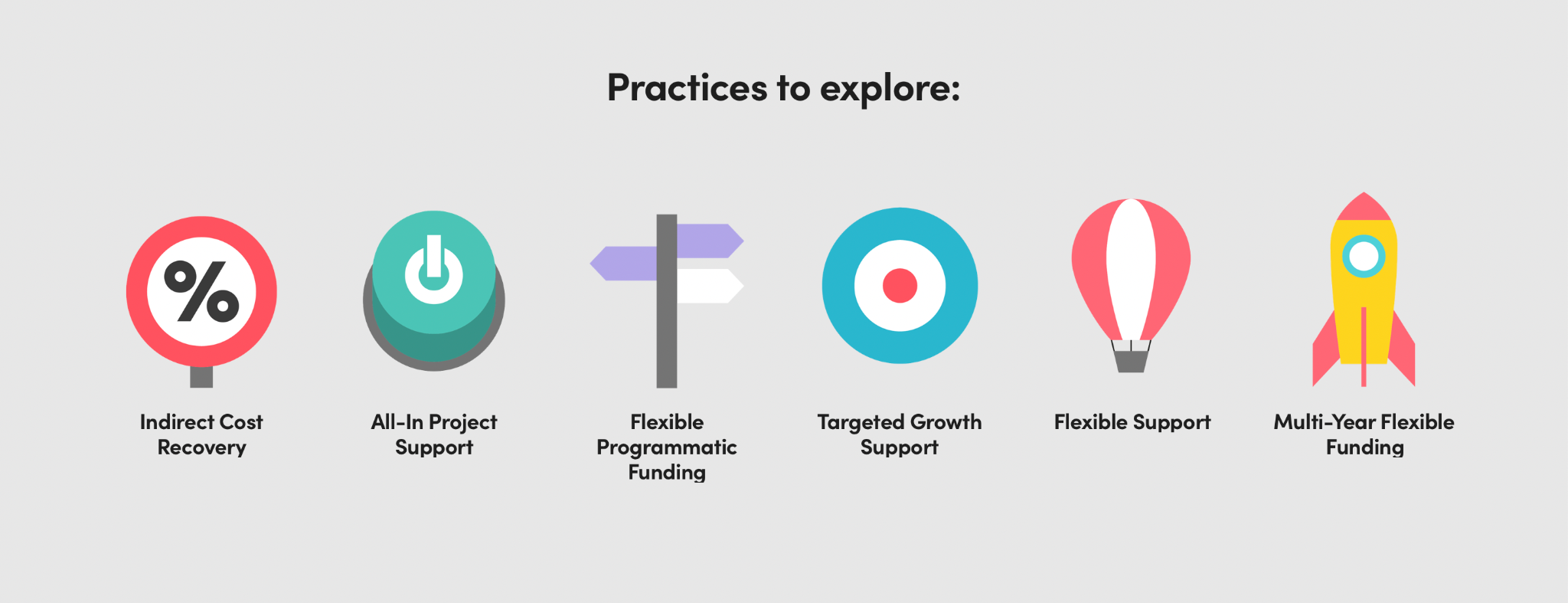
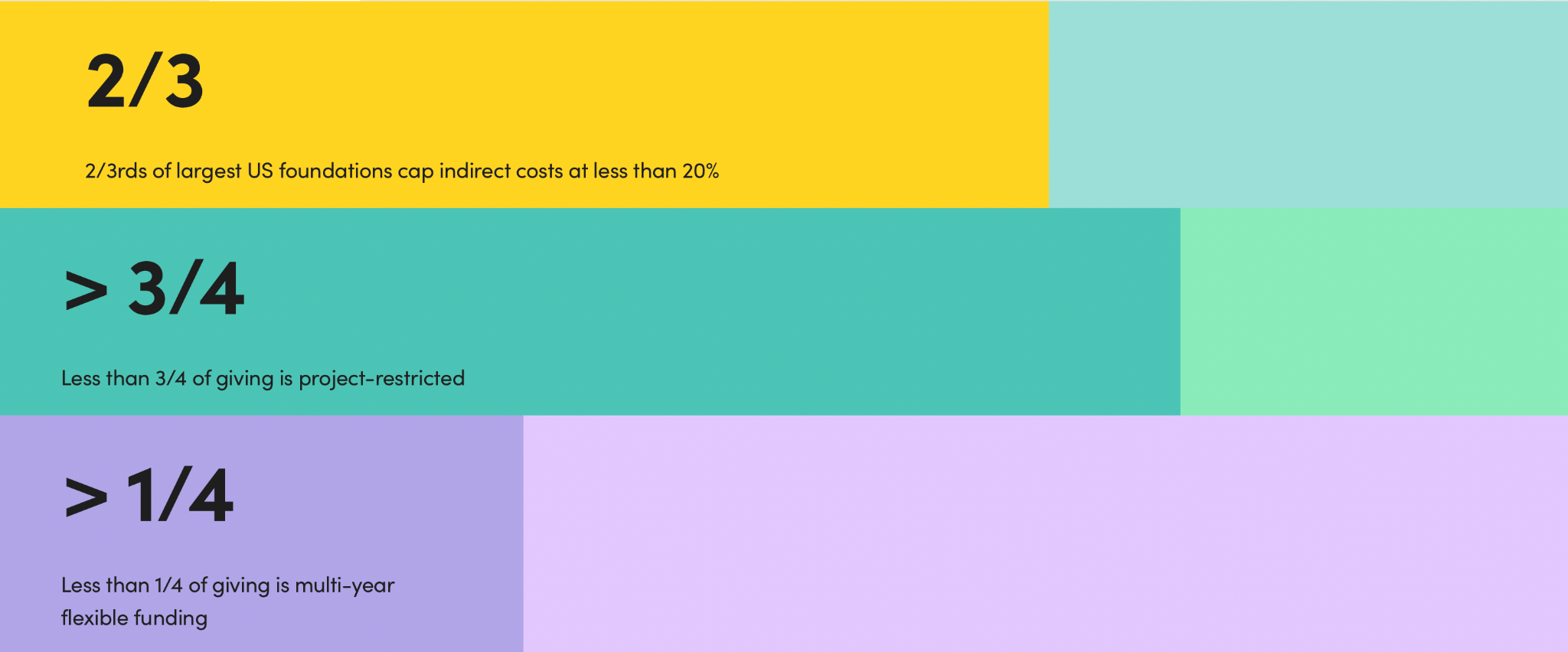
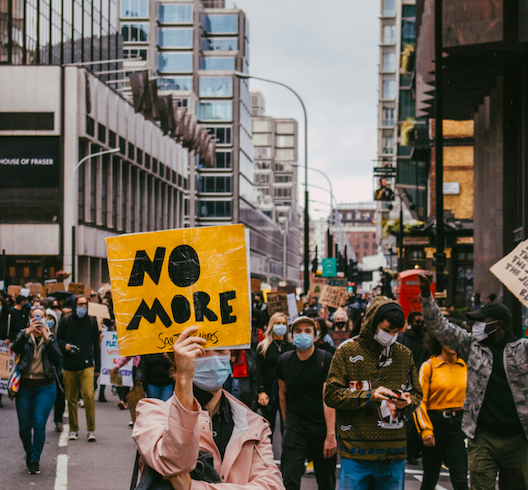
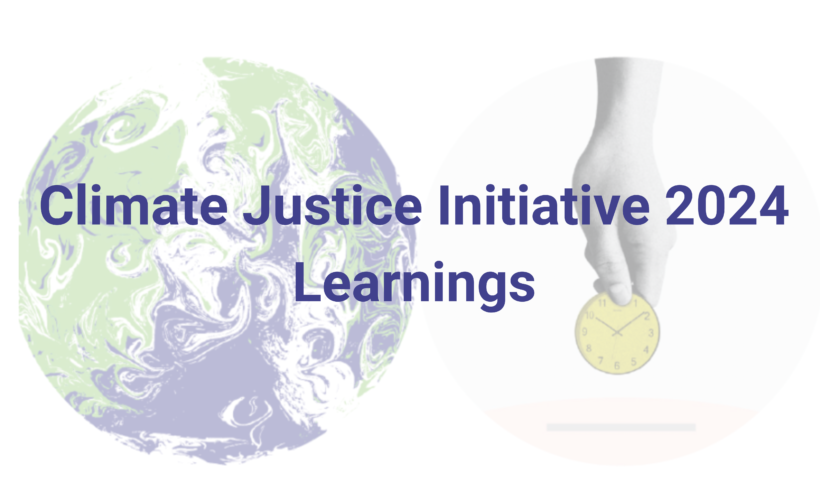
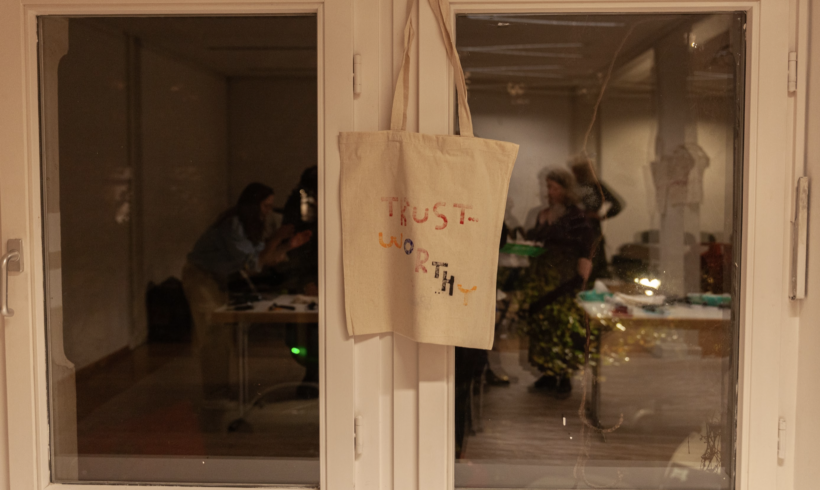
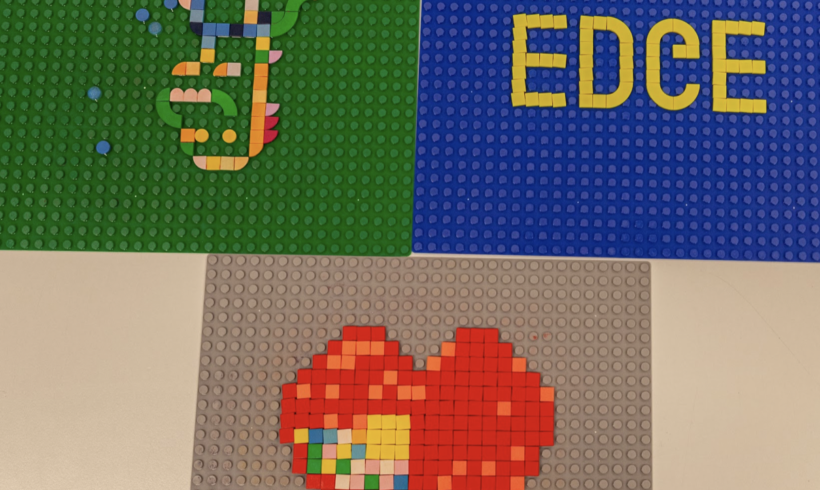
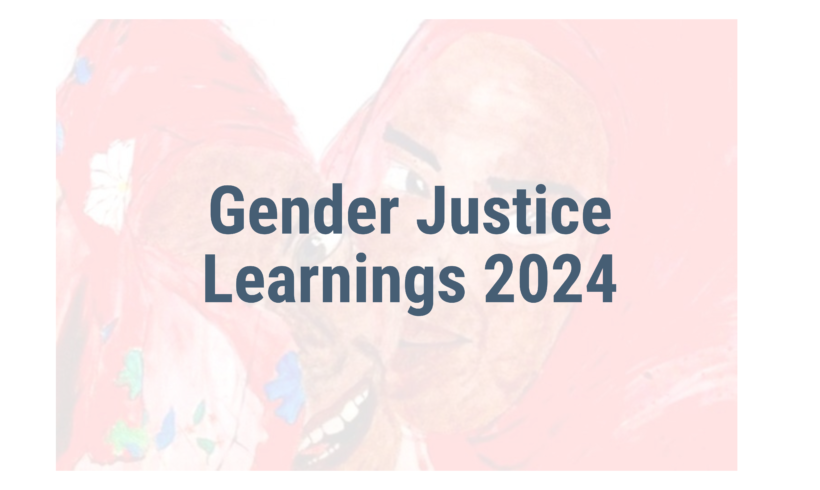

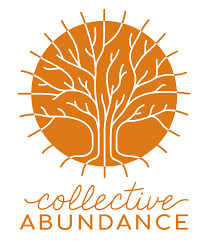
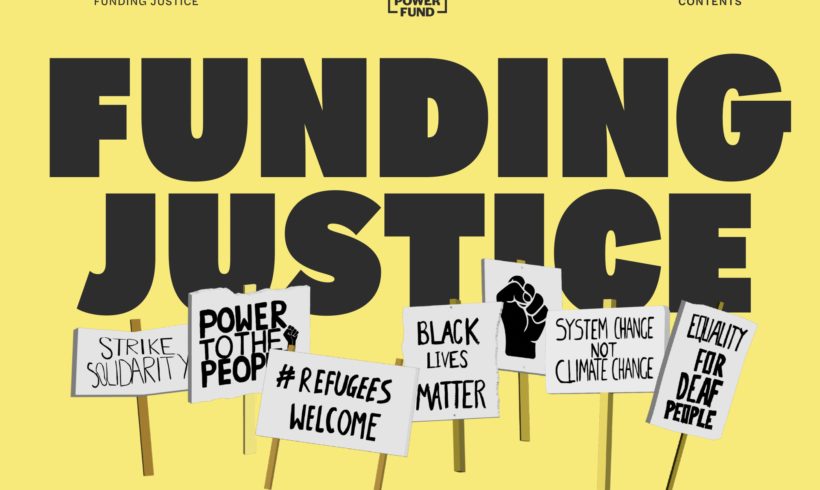
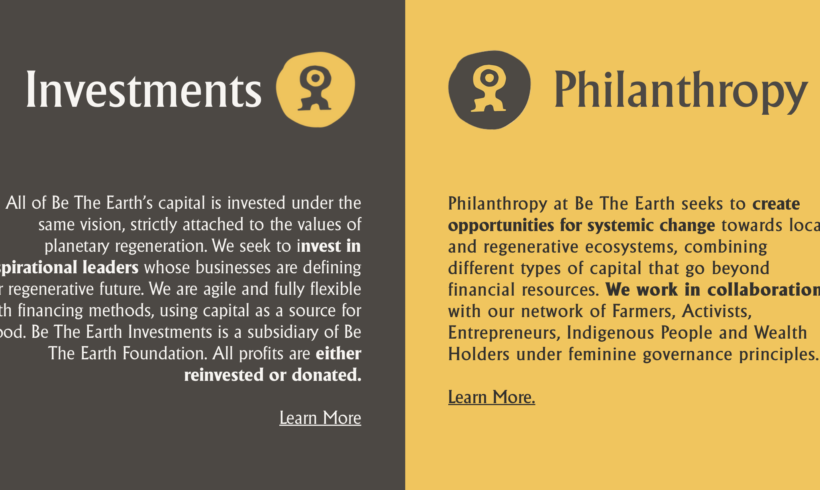
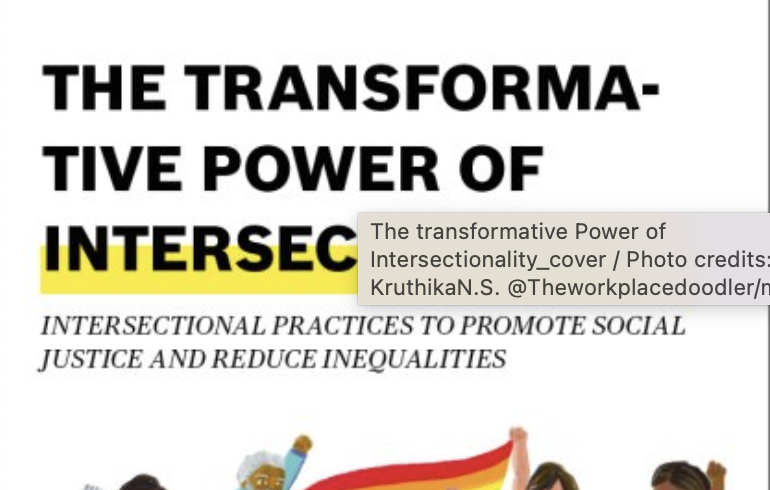
Leave a Reply